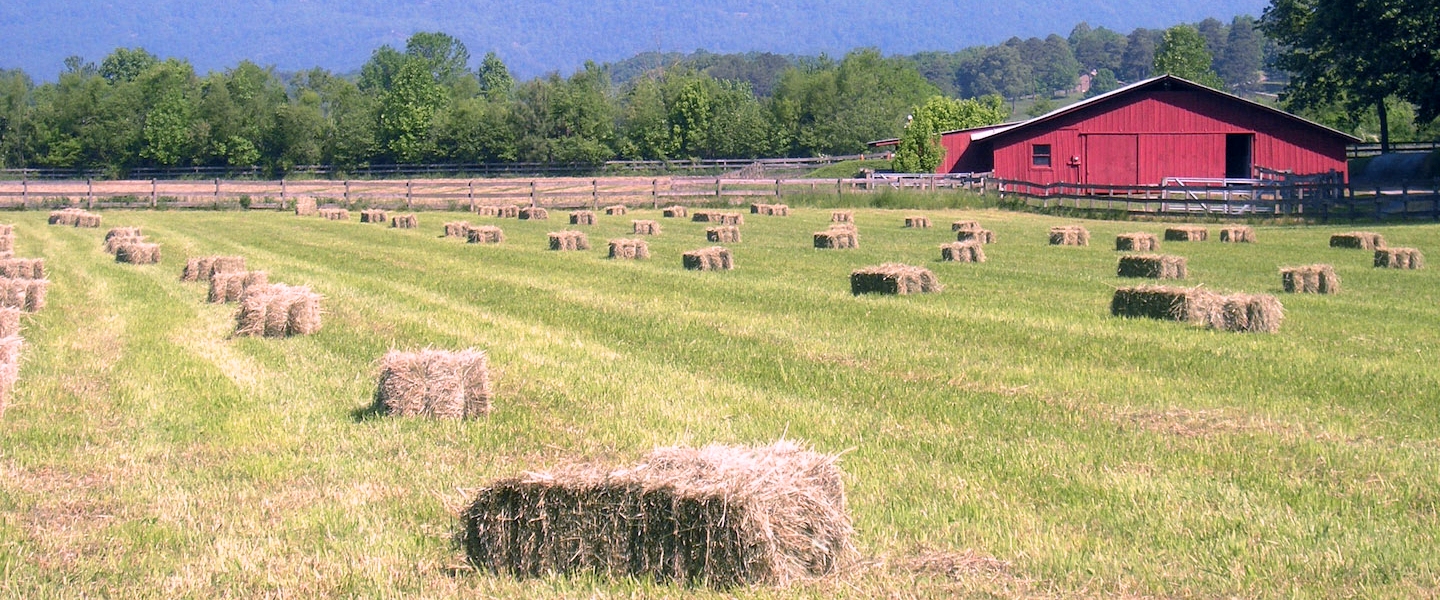apply for the winter 2026 citizens planning academy!
The Citizens Planning Academy is returning early in the new year with a new schedule. Learn more and apply today!

Rural land is disappearing: What's SC doing about it?
“Human settlements are like living organisms. They must grow, and they will change. But we can decide on the nature of that growth - on the quality and the character of it - and where it ought to go. We don't have to scatter the building blocks of our civic life all over the countryside, destroying our towns and ruining farmland.” - James Howard Kunstler
Athough I have spent the past decade living in crowded cities or urbanizing towns, my love for rural spaces has never left me. Perhaps this proclivity hearkens back to my childhood in Kansas, surrounded by vast swaths of farmland only a short drive from home. Or perhaps my appreciation is part of a larger story – something deeply American – that ties the notion of homesteading to the American dream. Regardless of the reason, the solace and awe I once felt driving through the rural countryside has now shifted to concern.
Across the nation, our rural lands are disappearing. Between 2001-2016, 11 million acres of agricultural land were lost in America. Unfortunately, South Carolina is not spared from this trend, and lost 280,700 acres of agricultural land during the same period. South Carolina is one of the top ten states most threatened by agricultural land loss. If this pattern continues, then our rural spaces across the Upstate will forever be fragmented and lost to unchecked development and sprawl.
The reasons for rural land loss are varied, but poor planning is often a contributing factor. As more and more residents and companies relocate to the Upstate, new land is often rapidly converted to accommodate development. While it may be impossible to protect every parcel of land, counties and municipalities do have the power to decide where to direct growth and where to preserve open space.
There is no “one-size-fits-all” approach to protecting rural lands, but strategies for preservation do exist. For example, municipalities and counties can establish conservation sectors (i.e., areas of permanently protected and recreational open space) and growth sectors (i.e., areas for development and redevelopment) in their comprehensive plans and zoning ordinances. Counties can also include rural and agricultural overlay districts in their zoning ordinances, which enables property owners to voluntarily place restrictions on their land for preservation. A final approach worth mentioning – although there are countless others – is to encourage counties and municipalities to establish transfer of development rights (TDR) programs, which allows property owners to shift development rights from agricultural land to designated growth zones.
At the end of the day, the success of our region depends on protecting the rural character of the Upstate, even if you live within city limits. The benefits of rural space – far too often considered only after land has already been developed – are numerous.
Our rural spaces provide social benefits by safeguarding South Carolina’s agrarian heritage, increasing food security, and expanding opportunities for recreation. Rural spaces also provide economic benefits by creating a more diversified local economy and drawing an influx of visitors to the region for agritourism. Visitors are drawn to farm-to-table shops, produce stands, and “pick your own” farms and orchards. Lastly, rural lands provide critical environmental benefits by increasing watershed protection and flood control, supporting wildlife and biodiversity, and enhancing soil conservation.
America’s rural lands – often overlooked, overdeveloped, and underappreciated – need a champion. No matter where you live (downtown, the suburbs, or on a farm), you have a role to play in protecting and maintaining the rural character of the Upstate. Your quality of life just might depend on it.
Take Action
- If you live in Greenville County, create a citizen-led movement in your neighborhood by uniting with property owners to establish a voluntary agricultural preservation zoning district.
- If you live in the southwest quadrant of Spartanburg County, create a citizen-led movement in your neighborhood by uniting with property owners to establish a voluntary rural and agricultural overlay district. If you don't live in the southwest quadrant, stay tuned for the Performance Zoning Ordinance to be rolled-out countywide.
- If you live in another Upstate County, present comments to your County Council on the importance of preserving the rural character of the Upstate.
- Email, call, or write to your state elected officials to request an increase in funding for rural land protection in the next budgeting cycle.
Please feel free to reach out to amartinsen@upstateforever.org with any questions.

